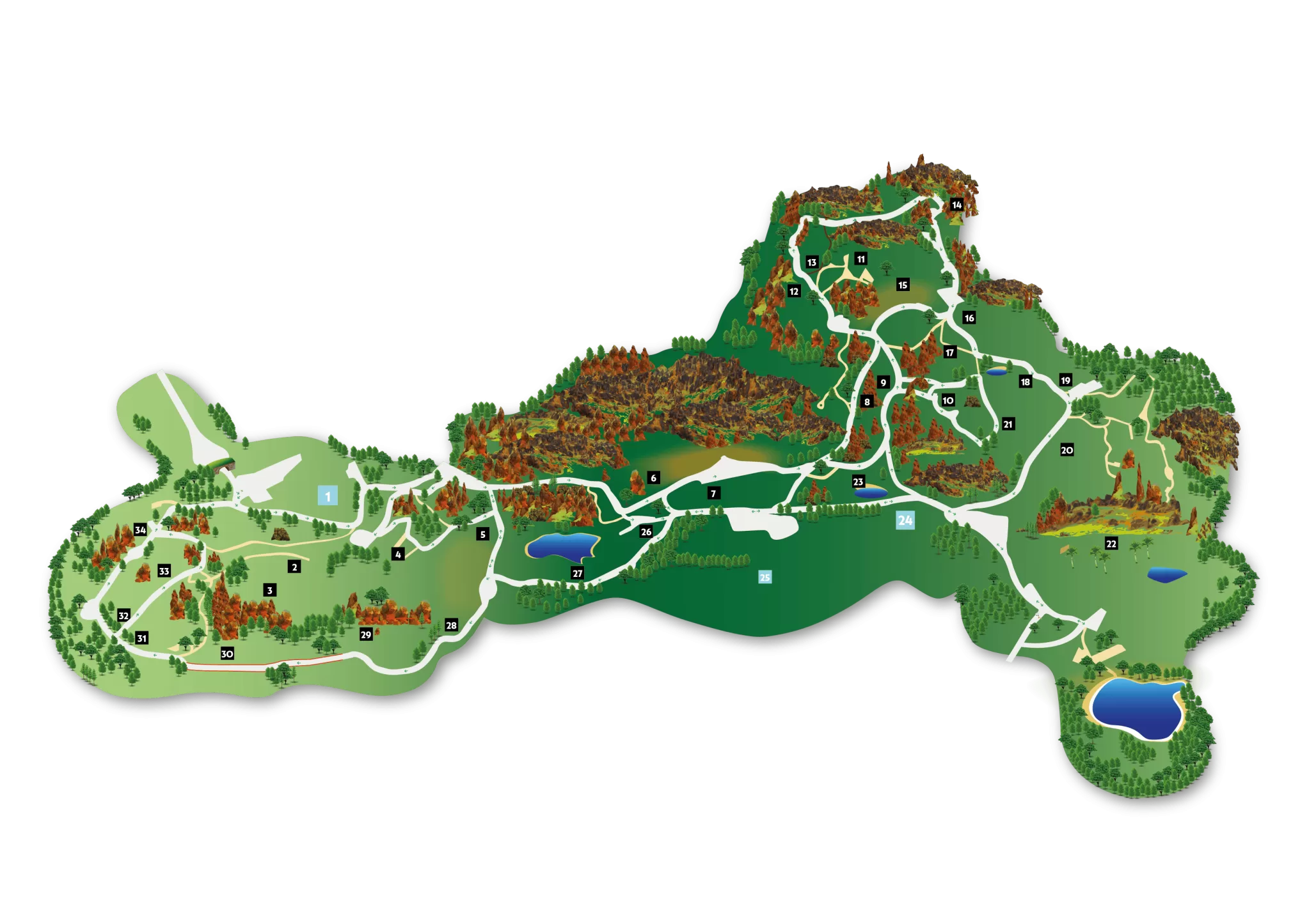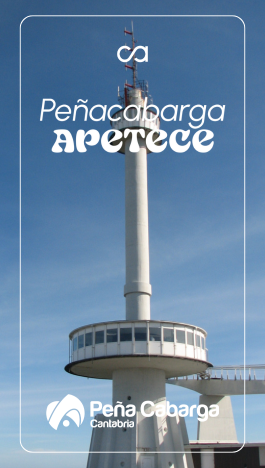
The cheetah, also known as chita, holds the title of the fastest land mammal in the world. Its incredible acceleration capacity allows it to go from 0 to 96 km/h in just three seconds. Unlike other felines, its claws are not retractable, which provides it with better grip on the ground while running.
Curiously, this elegant hunter does not roar like the big cats of the genus Panthera. Instead, it emits a high-pitched sound similar to that of some birds, a kind of call that allows it to communicate with other cheetahs or locate its cubs after hunting.
Each cheetah is unique, not only for its dexterity, but also for its coat: its spots form an unrepeatable pattern, like a human fingerprint. Furthermore, its exceptional vision allows it to detect prey at great distances, although its success lies in its speed and agility at the moment of pursuit.
Males can form groups, known as coalitions, which are generally groups of brothers. These coalitions are very strong among brothers, but do not usually include unrelated males in the same hierarchy. In contrast, females are solitary and only gather with males for mating. The cohesion among them is very strong and together they defend the territory from intruders while females live in solitude and only come together for mating.
In its natural habitat, it faces great threats, especially poaching for its valuable skin. To counteract this, breeding programs are carried out in controlled environments to ensure the genetic diversity of the species.
One of these programs allowed five male cheetahs to arrive at Cabárceno Nature Park in 2014 from Borås Zoo, Sweden, as part of the European Endangered Species Programme (EEP). These individuals adapted perfectly to their new home, an enclosure of almost one hectare where they captivate visitors with their imposing presence. This enclosure was modified for the well-being of the species with different heights, as in the wild, and trees that provide shade.
Without a doubt, cheetahs are one of Cabárceno’s most fascinating stars.








































































